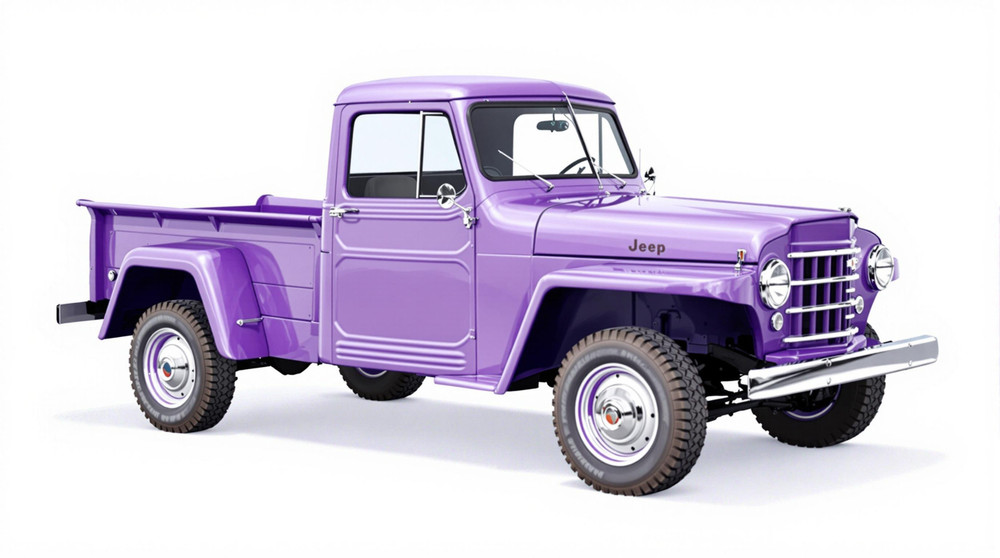Image of 1960 Jeep F4, Note: These illustrations use artistic license and may differ from actual historical models.
Performance Metrics
Fundamental Metrics
Emotional Appeal
MMP Rating
| Engine Specifications | |
|---|---|
| Engine: | Inline-4 |
| Displacement: | 134 cu in (2.2 L) |
| Horsepower: | Estimated 60-75 HP |
| Torque: | Estimated 105 lb-ft |
| Compression Ratio: | 7.0:1 |
| Ignition System: | Distributor and coil |
| Cooling System: | Liquid-cooled |
| Performance Specifications | |
| 0-60 Time: | Not available |
| 1/4 Mile Time: | Not available |
| Top Speed: | Estimated 60-65 mph |
| Transmission and Drive | |
| Drive Type: | 4WD |
| Transmission Type: | 3-speed manual |
| Fuel and Efficiency | |
| Fuel System Type: | Carburetor |
| MPG: | Estimated 15-20 MPG |
| Dimensions and Brakes | |
| Brakes: | Drum brakes |
| Wheelbase: | 81 inches |
| Weight: | Estimated 2,200 lbs |
Note: Specifications for classic cars are given to the best of our ability, considering the limited and variant data available.
A Stalwart of Utility and Adventure: The 1960 Jeep F4
The 1960 Jeep F4 is not just a vehicle; it's a testament to rugged durability and timeless design. Born from the legacy of World War II military vehicles, the Jeep F4 was manufactured by Willys-Overland, a company that played a pivotal role in mobilizing America's armed forces. The F4, part of the Forward Control series, was introduced to cater to the needs of farmers, construction workers, and anyone requiring a compact yet capable utility vehicle. A unique fact that entices enthusiasts is that the F4's design was penned by the industrial design giant, Brooks Stevens, who left an indelible mark on the automotive world.
Design and Innovation
The exterior of the 1960 Jeep F4 is characterized by its flat front face and cab-over-engine layout, which provided more cargo space within a compact footprint. Its utilitarian aesthetics were complemented by a no-nonsense interior, where function trumped form. The materials used were robust and simple, designed to withstand the rigors of work rather than to pamper occupants. Technologically, the F4 was ahead of its time with its four-wheel drive capability, allowing it to traverse challenging terrains with ease. Color options were straightforward and practical, with President Red and Plantation White being popular choices. The most iconic body style was undoubtedly the pickup version, which became synonymous with the Jeep's workhorse image.
Historical Significance
The Jeep F4's impact on automotive design was profound, as it popularized the forward control concept in America. It set itself apart with its exceptional off-road prowess and versatility, influencing future generations of utility vehicles. Its lasting influence can be seen in various industries where compact dimensions and high utility are prized.
Performance and Handling
Performance-wise, the 1960 Jeep F4 was not built for speed but for strength. Its top speed was modest by today's standards, but it was the torque and power delivery that mattered to its users. The vehicle handled rough terrain admirably, thanks to its sturdy suspension and four-wheel drive. Driving an F4 was a visceral experience; the engine's growl, the Spartan ride, and the direct feedback through the steering wheel connected the driver to the road—or lack thereof—in a way few modern vehicles can replicate.
Ownership Experience
The F4 was a multi-purpose tool, serving as a daily driver for some and a reliable work companion for others. It could be seen at car shows or occasionally participating in vintage racing events. Maintenance and reliability were straightforward, thanks to its simple mechanics and robust construction. The ease of repair made it a favorite among enthusiasts who enjoyed wrenching on their vehicles.
Fun Facts
Among its many quirks, the Jeep F4 had some rare editions that are highly sought after today. While celebrity ownerships are not as common as with some classic cars, the F4's charm lies in its blue-collar heritage. It held no speed records but set benchmarks for utility and off-road capability. Despite criticisms about its on-road manners and comfort levels, the F4 remains a beloved classic.
Collector's Information
Today, the 1960 Jeep F4 is a cherished collectible with values varying widely based on condition and originality. Estimates suggest that thousands were produced, though precise numbers are hard to come by. As for price trends, well-preserved examples have seen appreciation over time due to their rarity and historical significance. A well-restored F4 can fetch anywhere from $15,000 to $30,000 or more in today's market.
Conclusion
The 1960 Jeep F4 stands as a monument to American ingenuity and resilience. It encapsulates an era where vehicles were built to serve, endure, and empower. Whether you're a collector, an enthusiast, or simply someone who appreciates the legacy of classic utility vehicles, the F4 is a remarkable piece of automotive history that continues to captivate and inspire.
1960 Jeep F4 Catalog of Parts
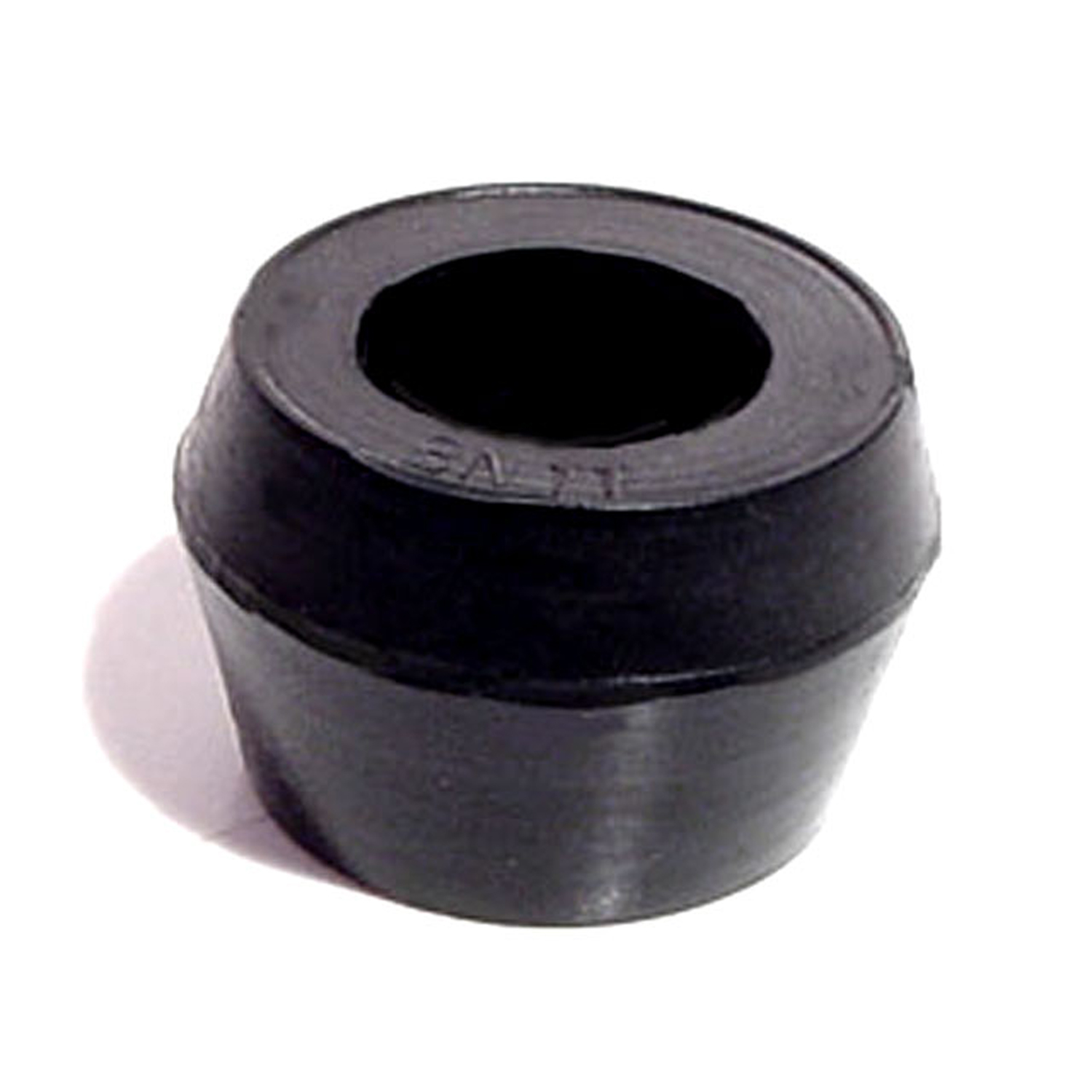 1960 Jeep F4 Shock Absorber Grommet. 1" bottom O.D-BN 11Shock Absorber Grommet. 1" bottom O.D., 3/4" high, with 5/8" I.D. Each
1960 Jeep F4 Shock Absorber Grommet. 1" bottom O.D-BN 11Shock Absorber Grommet. 1" bottom O.D., 3/4" high, with 5/8" I.D. Each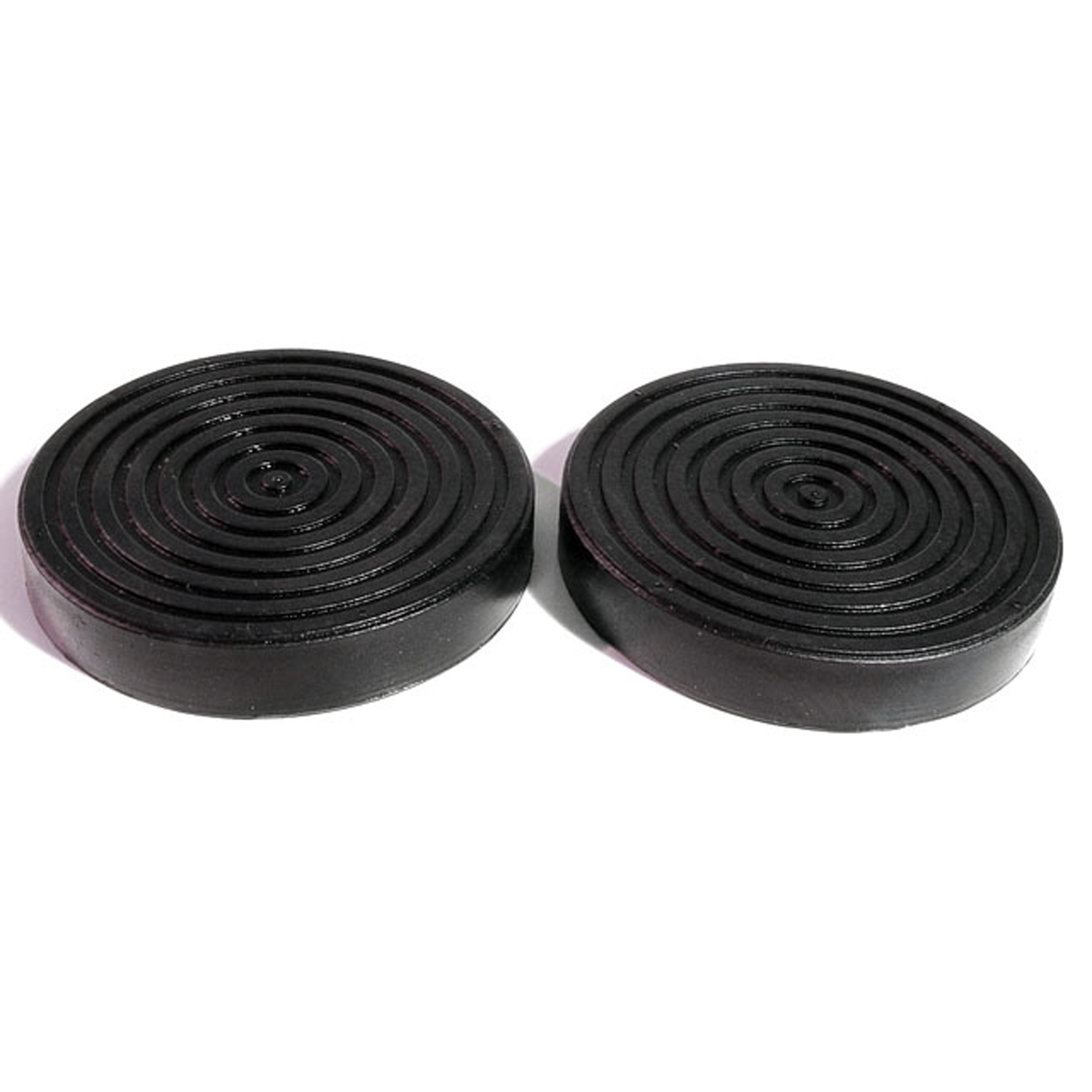 1960 Jeep F4 Clutch and Brake Pedal Pads. 3" Diameter. Pair-CB 61Clutch and Brake Pedal Pads. 3" Diameter. Pair
1960 Jeep F4 Clutch and Brake Pedal Pads. 3" Diameter. Pair-CB 61Clutch and Brake Pedal Pads. 3" Diameter. Pair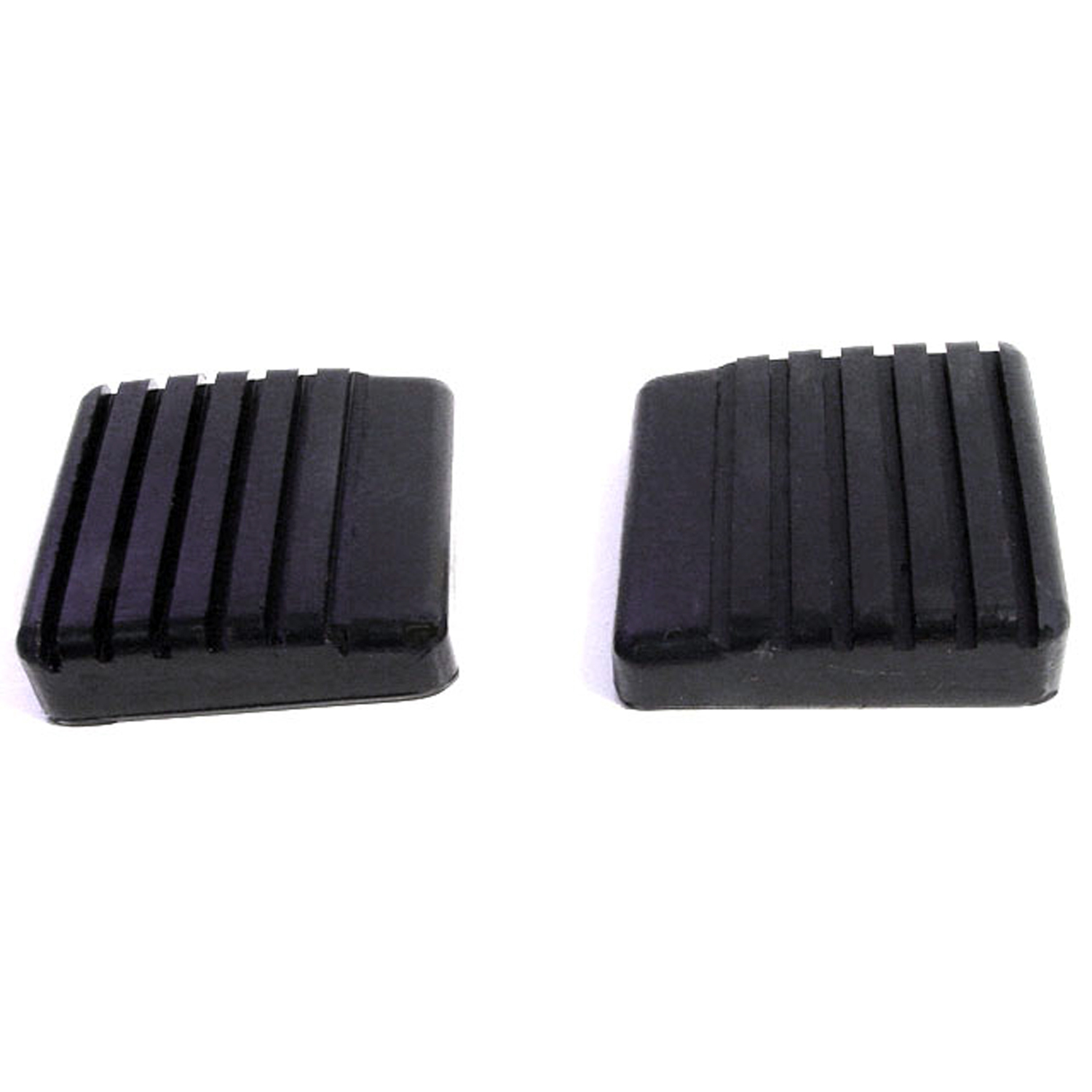 1960 Jeep F4 Clutch and Brake Pedal Pads. Pair-CB 61-BClutch and Brake Pedal Pads. Pair
1960 Jeep F4 Clutch and Brake Pedal Pads. Pair-CB 61-BClutch and Brake Pedal Pads. Pair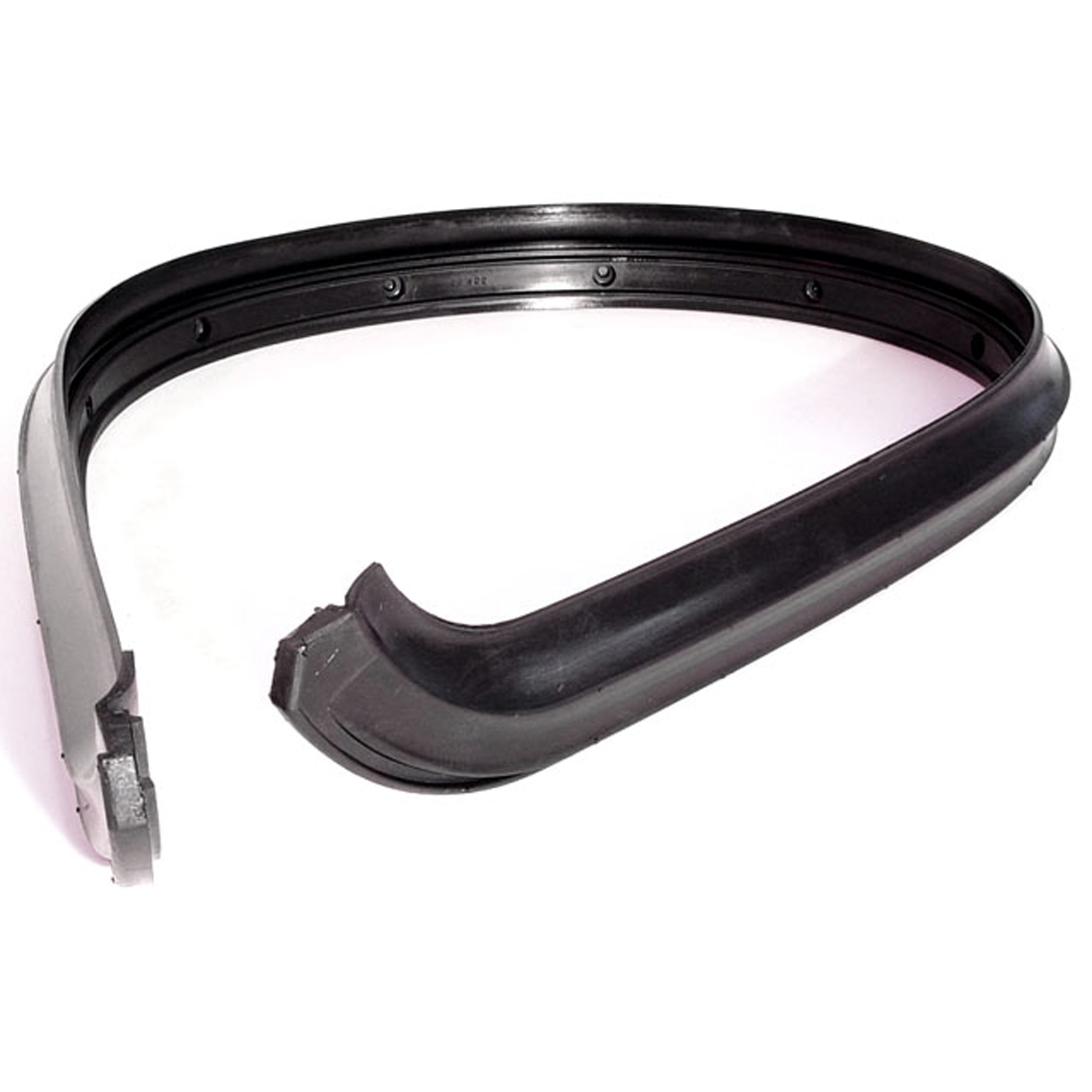 1960 Jeep F4 Windshield to Cowl Seal. 55-1/2" long. Each-CS 102Windshield to Cowl Seal. 55-1/2" long. Each
1960 Jeep F4 Windshield to Cowl Seal. 55-1/2" long. Each-CS 102Windshield to Cowl Seal. 55-1/2" long. EachWhy Choose Metro?
For over 100 years, Metro Moulded Parts has been the pinnacle of quality in classic car restoration parts. Our commitment to precision and authenticity in every component ensures a perfect fit and an OEM-level appearance.
- Expert Craftsmanship & Quality: Each part is a testament to our dedication to reliability and perfection, crafted from original designs and thoroughly tested.
- Advanced Technology: We use cutting-edge techniques to create flawless, long-lasting parts that surpass others in performance.
- SuperSoft Sponge – The Ultimate Door Seal: Not only are our door seals 30% softer than competitors', but they're also guaranteed to never leak. They effectively reduce wind and road noise, enhancing your classic car's comfort and driving experience.
- Proudly American: Our parts are a product of American craftsmanship, made in the USA with a spirit of excellence and heritage.
- Unrivaled Warranty: We back our products with a 30-year industry-leading warranty, a testament to our confidence in their quality.
Join us in preserving the legacy of classic cars with parts that are crafted for perfection, not just made.

